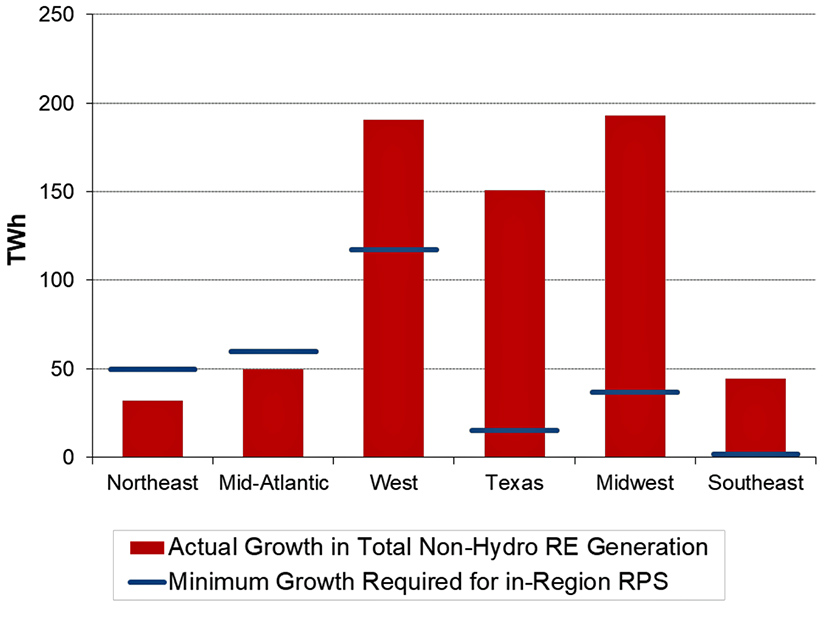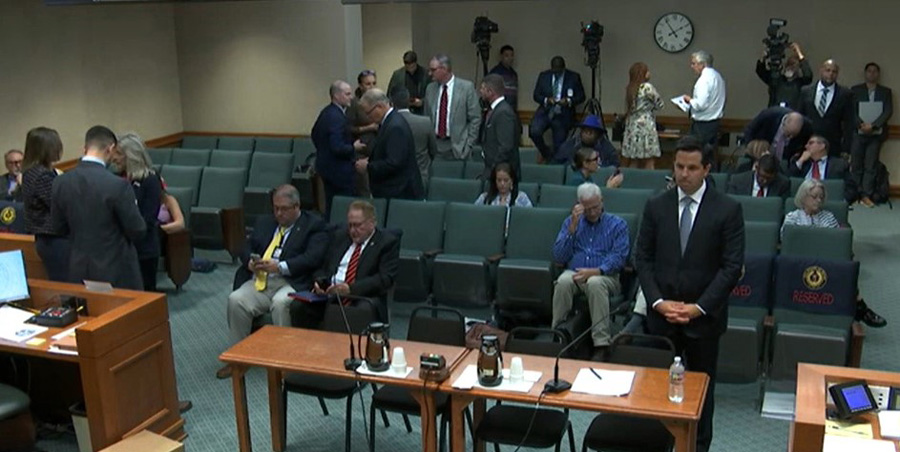Responding to significant stakeholder pushback, CAISO has extended the timeline of its Storage Bid Cost Recovery and Default Energy Bids Enhancements initiative to allow more discussion of alternative solutions to refine BCR provisions for storage resources. (See CAISO Proposal Seeks to Refine Storage Bid Cost Recovery.)
CAISO staff discussed the changes in an Aug. 19 meeting originally intended to review the revised straw proposal slated to be released Aug. 14. But after stakeholders consistently asked for a more holistic initiative, the meeting was spent considering alternative proposals to the first one presented by the ISO.
“This is a change that we think will support stakeholders to collaborate with us to develop those ideas so that we can continue comparing them to other proposals and determine what is the best path forward given the challenges that we’re trying to solve,” said Sergio Dueñas Melendez, storage sector manager at CAISO. “I want to note that this revised schedule does not change the importance and the sense of urgency that we have in addressing this issue.”
In 2022, the ISO identified that bid cost recovery (BCR) provisions for energy storage didn’t align with the intent of BCR, resulting in unusually high payments to storage resources. (See CAISO Kicks Off Storage Bid Cost Recovery Stakeholder Initiative.)
The problem materialized because CAISO’s BCR construct doesn’t adequately consider state of charge (SOC), Dueñas Melendez said, which is necessary for an energy storage resource to support its awards and schedules. It led to two main concerns: that storage assets are not exposed to real-time prices for deviating from day-ahead schedules and that they may have an incentive to bid strategically to maximize the combined BCR and market payments.
In response, the ISO presented a proposed solution that would redefine dispatch that is unavailable due to SOC constraints in the binding interval as “non-optimal energy,” which would be ineligible for BCR. If a storage resource’s SOC at the start of the binding interval was equal to its minimum or maximum value, the market would rerate or derate the Pmax or PMin to zero in order to capture that the asset is completely full or empty, the proposal says.
Alternative Proposals
Some stakeholders supported the proposal, including the California Public Utilities Commission’s Public Advocates Office, which described it as “a measured and sufficiently well-targeted approach to ensure that storage resources are not incentivized to deviate from day-ahead schedules to achieve excess BCR payments,” Dueñas Melendez’s presentation said.
Others, such as the California Energy Storage Alliance (CESA), suggested implementing an alternative solution in the interim that would address concerns related to strategic bidding. CESA proposed modifying the formula used to calculate BCR from real-time dispatch minus day-ahead schedule to day-ahead locational marginal price (LMP) minus real-time LMP. This calculation would eliminate the impact of a resource’s bid on BCR payments, according to CESA.
“Stakeholders have argued for this solution for a couple of reasons: first, because it would eliminate the impact of that resource’s bid on BCR payments, so that way it’s no longer something that they can strategically use,” Dueñas Melendez said. He added that other stakeholders favored the solution because the software they use for automatic bidding uses -$150/MWh bids in the hours representing their day-ahead schedules to firm up those bids or schedules.
While stakeholders supporting the proposal acknowledged the solution wouldn’t address the concern that storage assets are not exposed to real-time prices for deviating from day-ahead schedules, they argued it would allow for more time to develop a more “holistic” solution.
Dueñas Melendez highlighted other potential drawbacks of the proposal, including that it would not eliminate buy- and sell-back BCR and that it would pay BCR to resources that are not available in real time. The ISO also questioned how the proposal would be implemented for storage assets in the Western Energy Imbalance Market (WEIM) outside CAISO’s footprint, considering that there is no day-ahead LMP for WEIM storage resources.
CAISO further questioned CESA’s proposal, stating that the modified calculation could lead to revenue credit in intervals where the resource wasn’t dispatched due to a high offer, as well as unwarranted BCR when the day-ahead LMP is greater than the real-time LMP.
Don Tretheway, director of markets and regulatory policy at GDS Associates and representing CESA, responded: “The intent of what CESA put out there was really to address instances where there was inflated BCR, so putting out an example that says the CESA proposal results in higher BCR payments … we would never have put that out as an approach, and we did recognize that there would be the need for some additional logic.”
The intent of the approach, he said, was to show that not using real-time bid prices could help “unwind the inflated BCR payments,” giving the ISO more time to “come up with a holistic solution about what BCR should mean for storage” and what market design enhancements CAISO should pursue.
CAISO’s Department of Market Monitoring disagreed with the suggestion to develop an interim solution, saying that addressing all issues in track 1 is a better approach than implementing an interim change and then tackling bidding incentive issues — which DMM believes to be the core issue — in a later process.
The revised straw proposal is now scheduled for release Sept. 3, with the final proposal expected Sept. 30, a month later than the initial timeline. The joint ISO Board of Governors and Western Energy Markets Governing Body will vote on the proposal Nov. 7 instead of Sept. 26.


